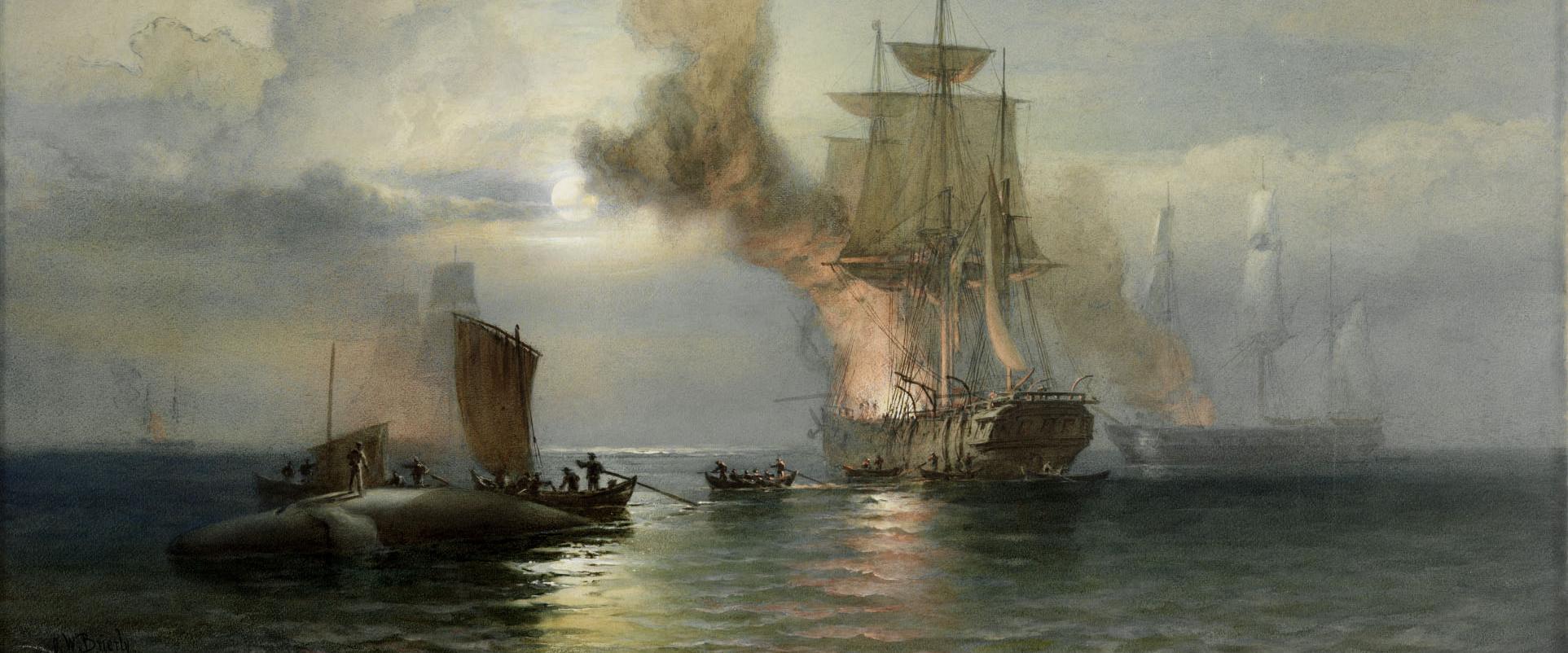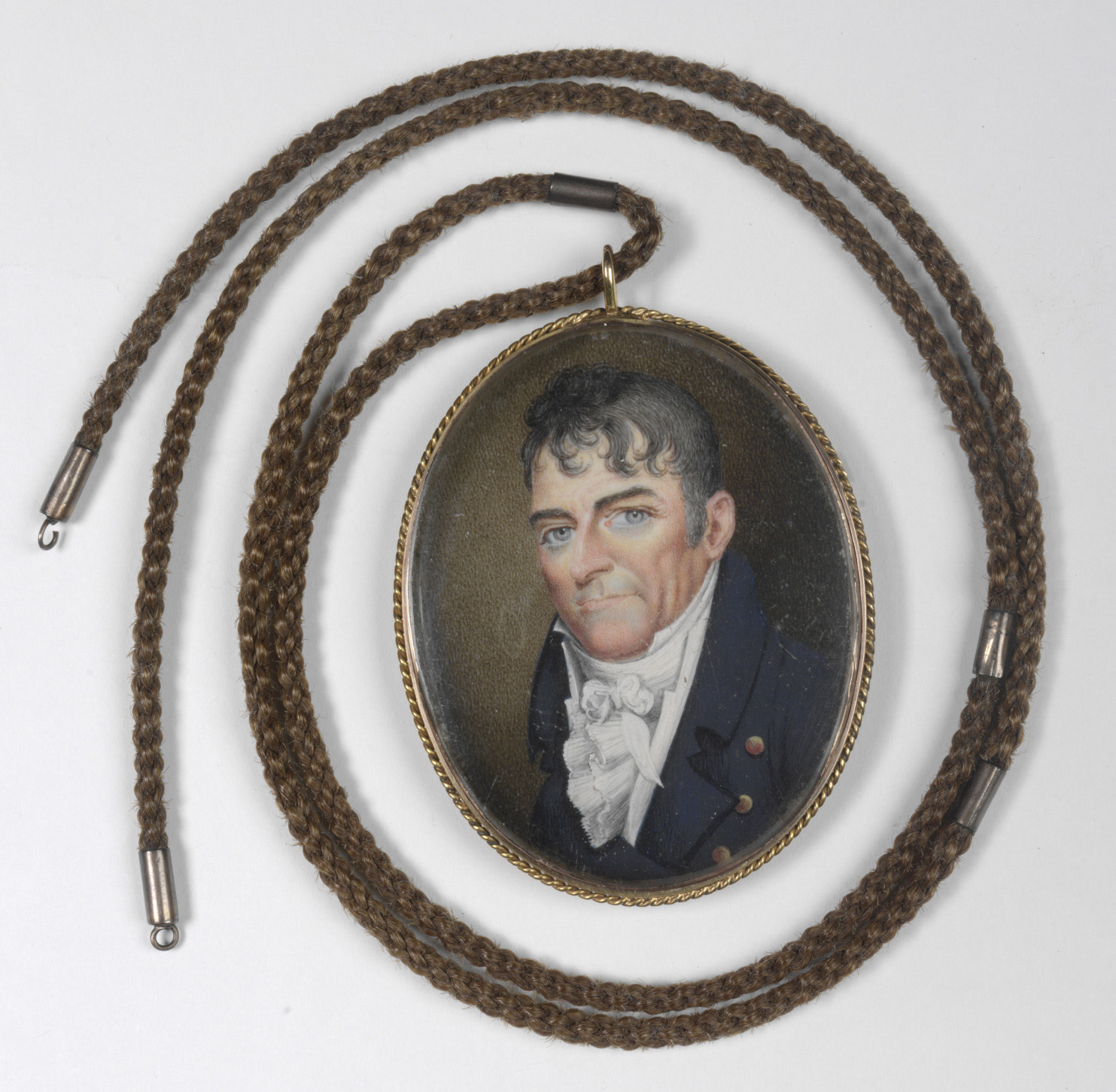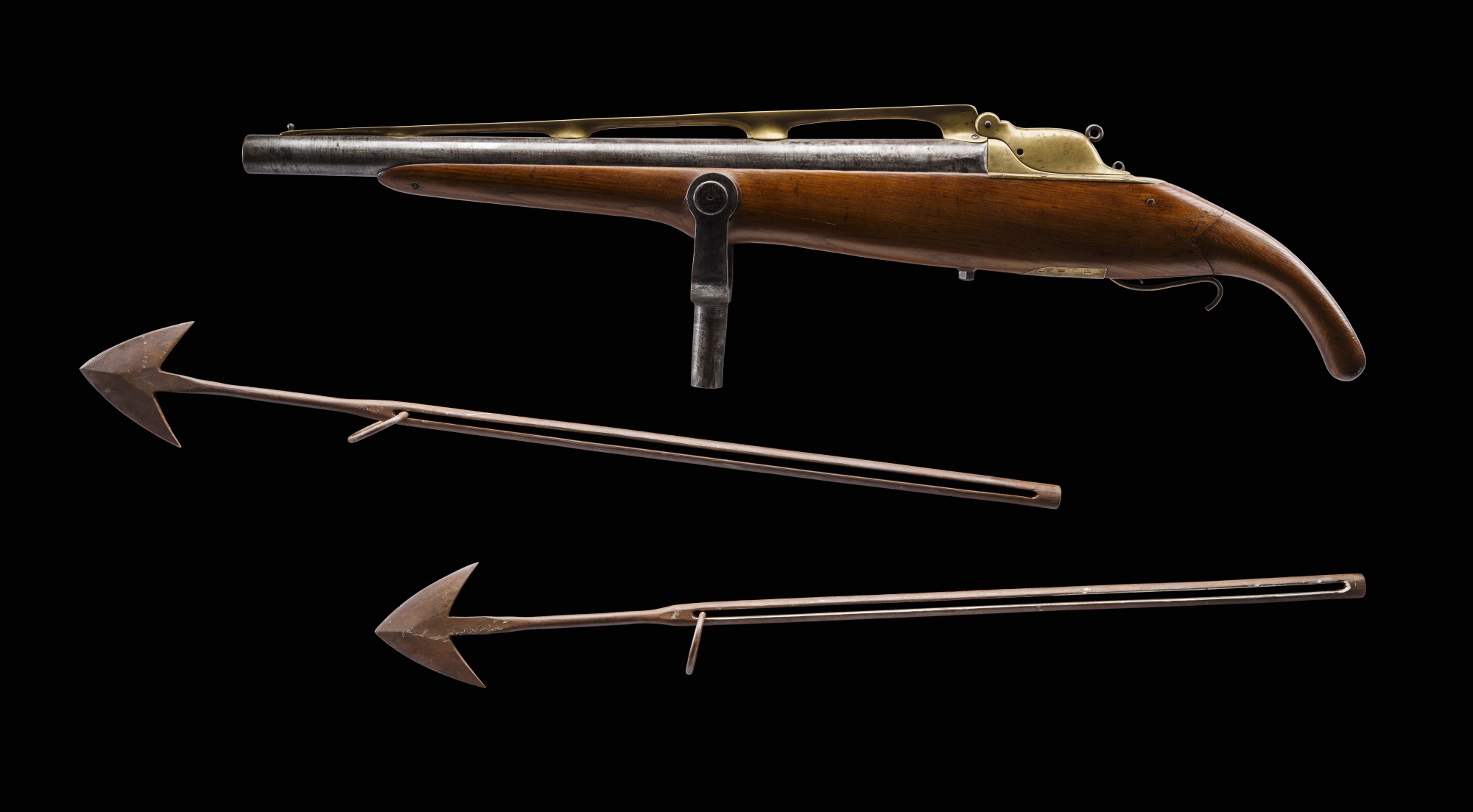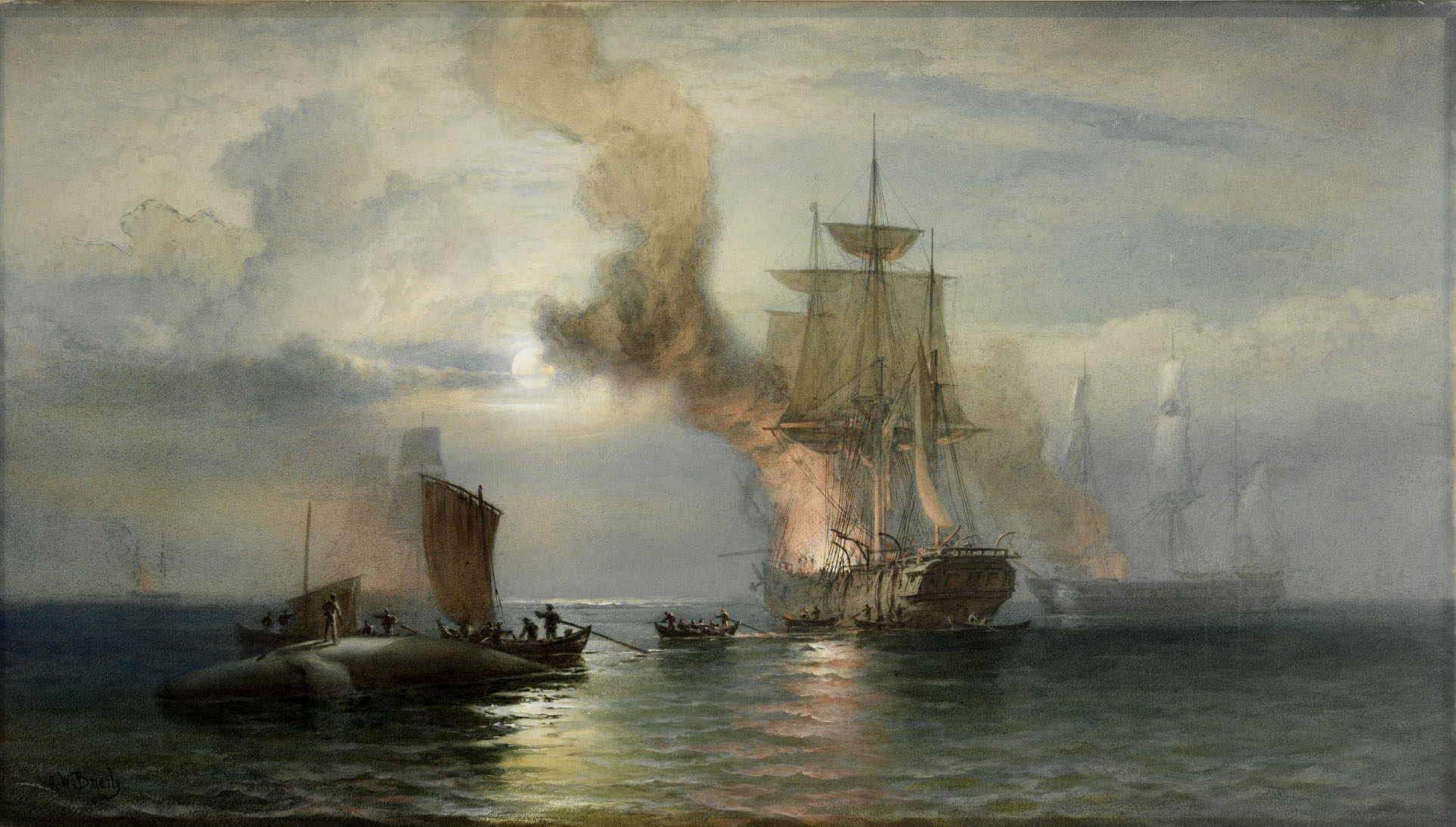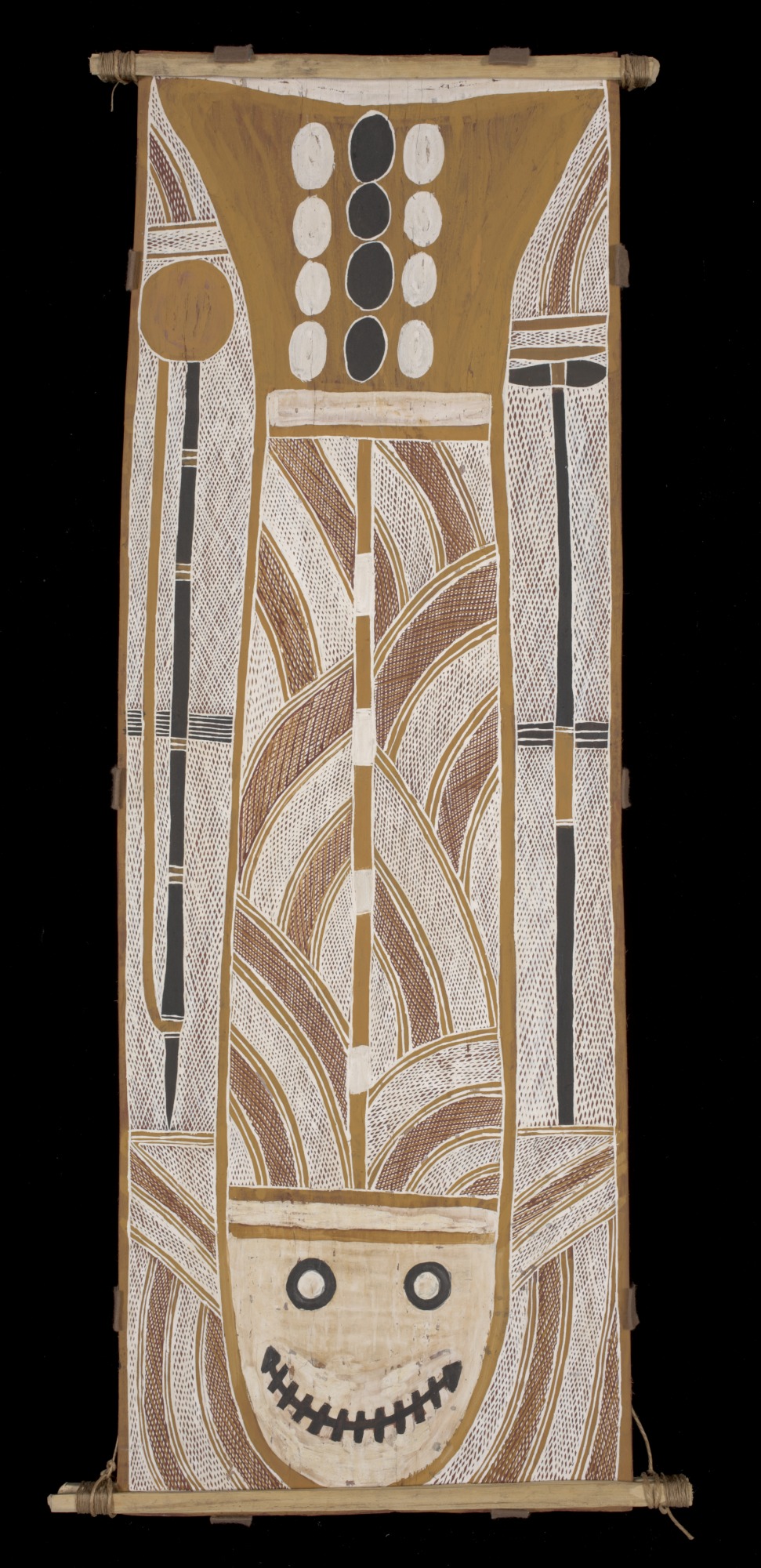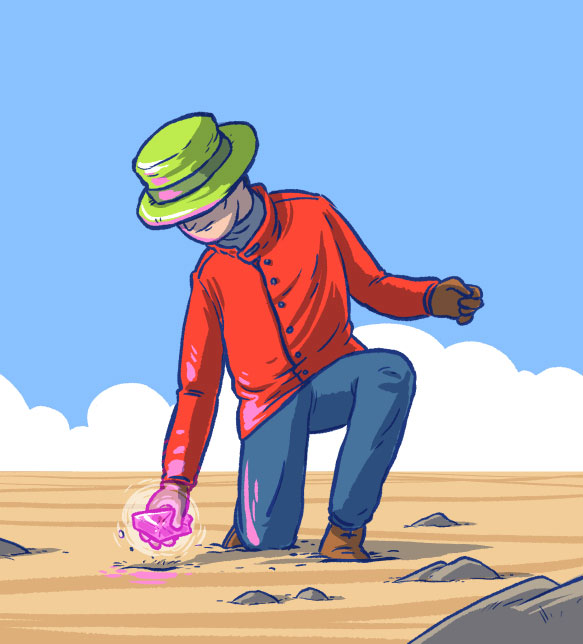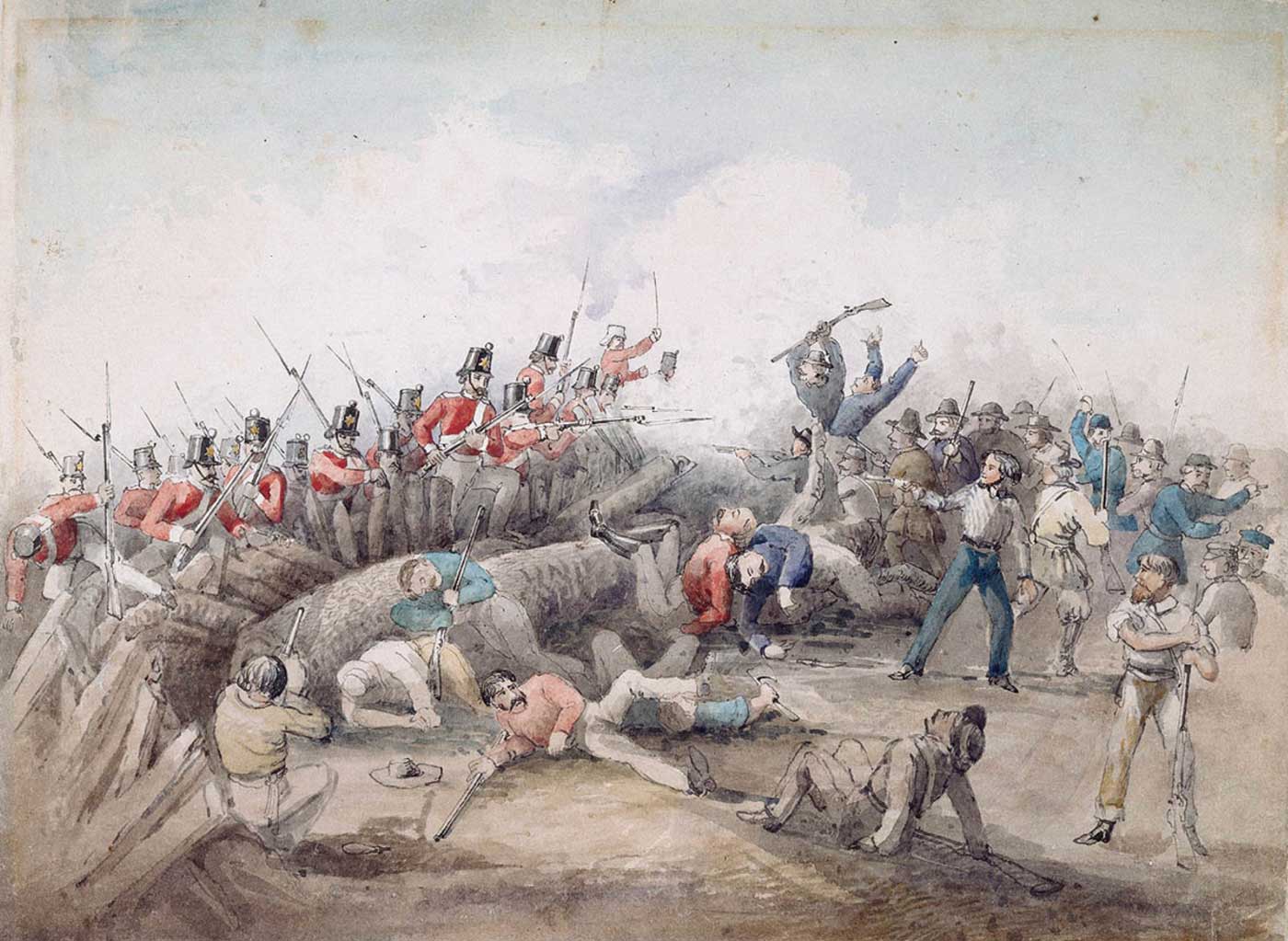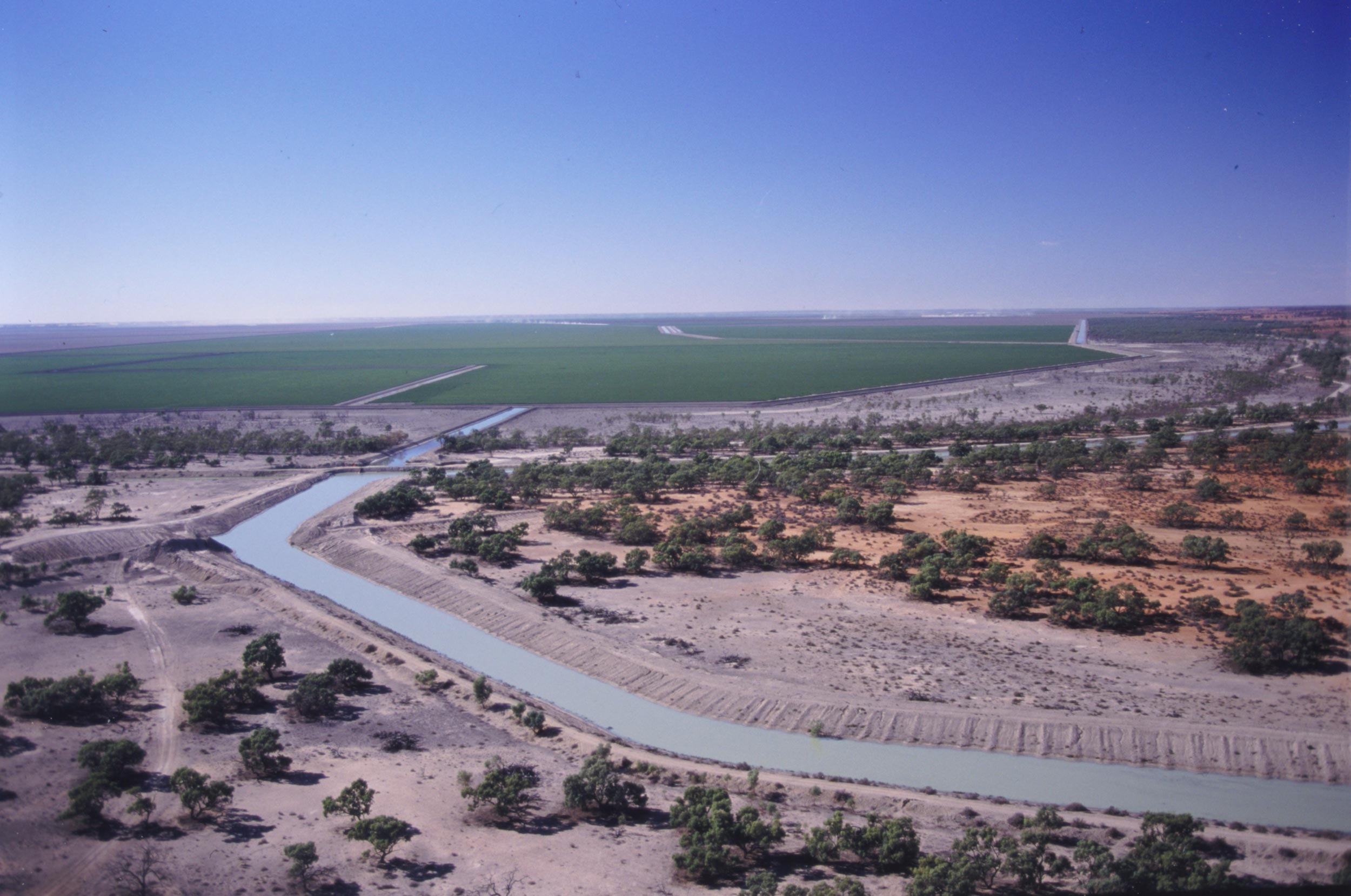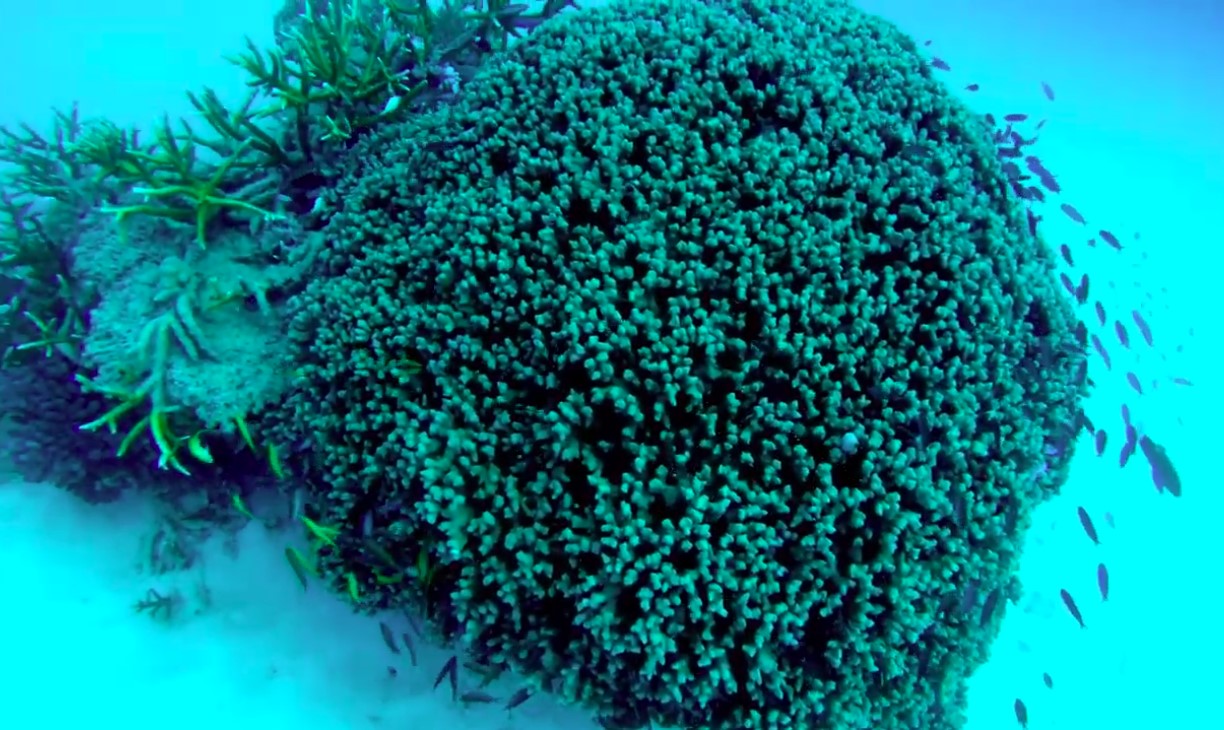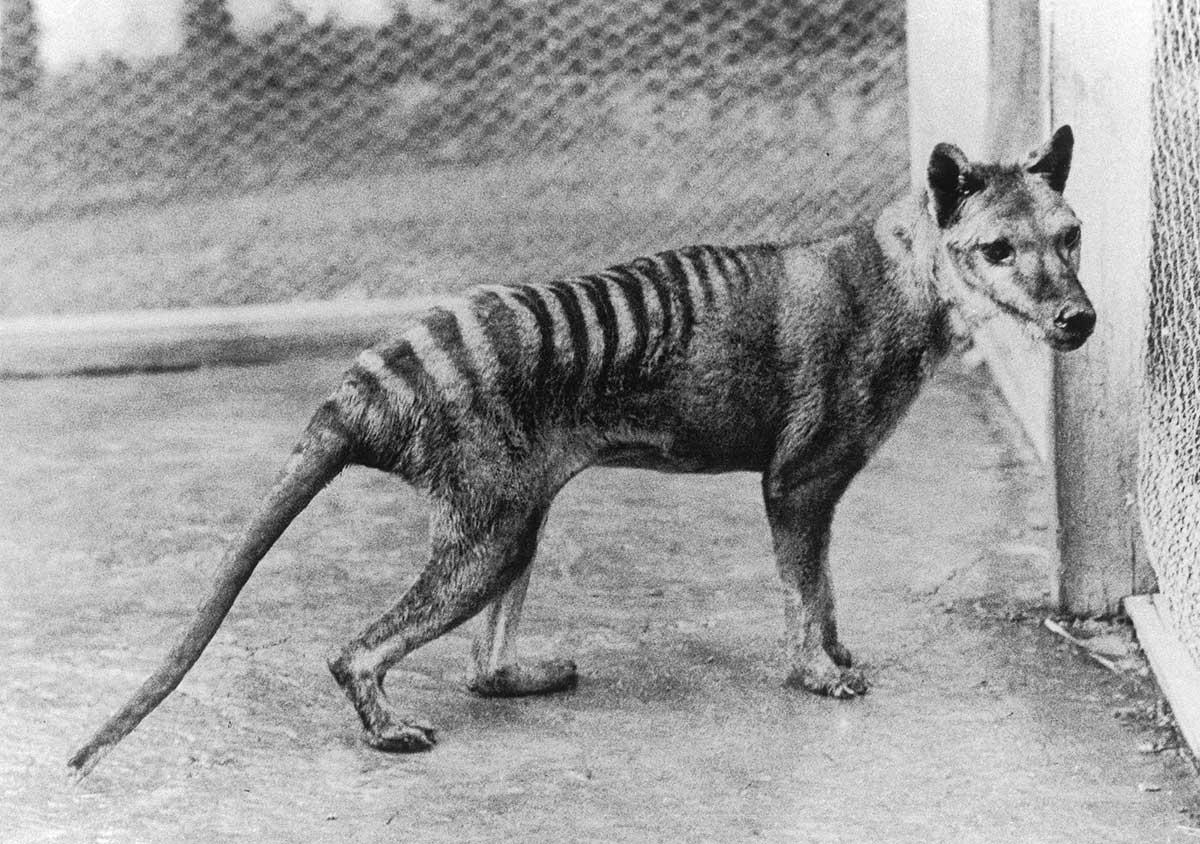An oil and blubber economy
1791: The whaling industry is established in Sydney
An oil and blubber economy
1791: The whaling industry is established in Sydney
In a snapshot
Whaling began in Australia in 1791 and quickly became an important part of the colonial economy. It made up half of the export industry in New South Wales in the 1830s. But the industry had nearly collapsed by the middle of the 1800s as whale oil was less sought after. The last whaling station in Australia closed in 1978. Despite its whaling past Australia is now a world leader in the fight against whale hunting.

 Can you find out?
Can you find out?
1. How did First Nations people use whales differently to European settlers?
2. Was whaling a profitable industry for the early settlement?
3. When did whaling start to decline? Why did this happen?
Did First Nations people hunt whales?
There is no evidence that Aboriginal and Torres Strait Islander people actively hunted whales. However some Indigenous people did use beached whales as a valuable source of food, oil and other products. Whales are totemic for many coastal Aboriginal and Torres Strait Islander groups.
Why did Australian settlers start whaling?
The First Fleet arrived in New South Wales in 1788, just as the international whaling industry was growing. The colony of New South Wales had a great need for whale products (especially from sperm whales) for food, soap and oil for lamps and machines.
In early 1791 the Third Fleet set sail for Sydney. Eleven ships transported 1716 convicts to the colony of New South Wales. When their human cargo had been delivered five of the ships went on a whaling trip. In October 1791 one of these ships, called the Britannia, was the first ship to harpoon a sperm whale off the Australian coast.
While they were looking for more whales to hunt Europeans explored areas of the Australian coastline for the first time. After whales were found near Hobart the first Sydney-owned whaling ship, the King George, was launched in June 1805, followed by the Argo in 1806.
Whaling was the first industry to make money in the new colony and was as important to the colony’s economy as pastoralism (farming animals) in the 1820s. Whaling in Australia peaked between 1820 and 1855 when up to 1300 men worked in the industry each year.
When gold was discovered in Australia in 1851 many sailors became miners and whaling declined rapidly. Whaling had made up 52 per cent of New South Wales exports in 1832 but this had dropped to less than 1 per cent by 1855. Throughout the 1850s, as petroleum (which makes up petrol today) replaced whale oil, the whaling industry became even smaller.
Research task
Read this article examining indigenous whaling in Alaska by the International Whaling Commission. How do the Inupiat and Siberian Yupik people interact with whales differently to Indigenous Australians?
‘A good part of the capital which had [been] so lavishly employed in the import trade, they are gradually diverting into the safer and infinitely more productive channel—the oil-fisheries … the whaling merchants are public benefactors, entitled to the gratitude of the whole community.’
Sydney Gazette, 18 March 1830
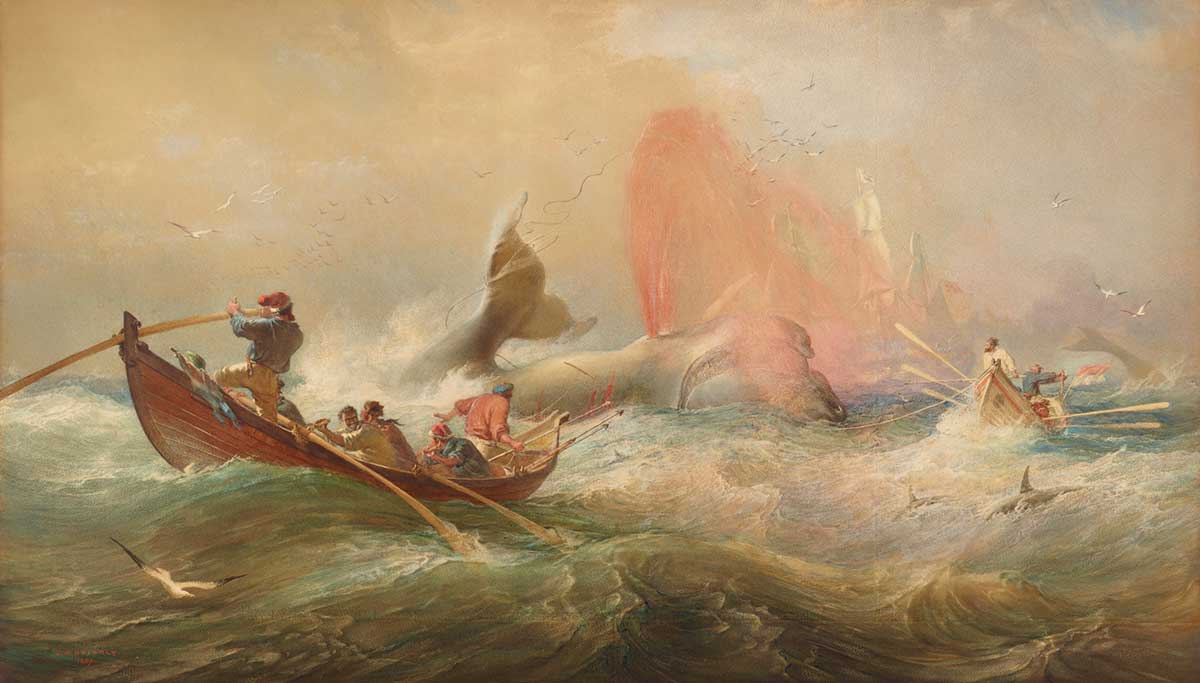
What was the legacy of the whalers?
As the hunting of whales became more efficient many whale species became overharvested. A public outcry eventually halted the industry. The last whaling station in Australia, Cheynes Beach Whaling Company in Albany, Western Australia, closed in July 1978.
Today Australia is a member of the International Whaling Commission, engaged in the fight against whaling.
Read a longer version of this Defining Moment on the National Museum of Australia’s website.
Research task
What else were whale products used for in the 1700s and 1800s? Do some research and make a list of as many products as you can, and research if there are alternative sources for these products today.
 What did you learn?
What did you learn?
1. How did Aboriginal people use whales differently to European settlers?
2. Was whaling a profitable industry for the early settlement?
3. When did whaling start to decline? Why did this happen?






